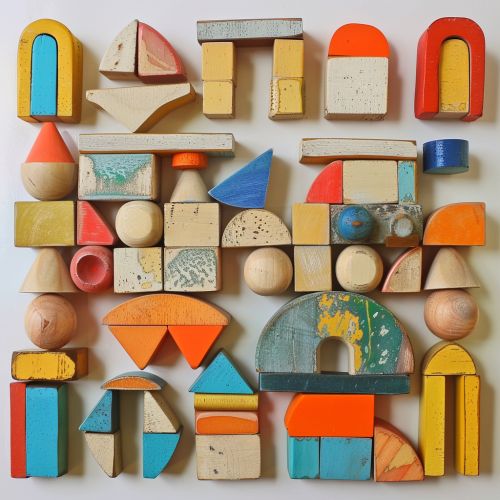Block
Definition
A block, in its most basic form, is a solid, compact, and three-dimensional object with flat sides, often used in construction or design. It is a fundamental element in various fields such as architecture, engineering, computer science, and mathematics. Its shape and properties can vary greatly depending on its intended use and the context in which it is applied.
Physical Blocks


Construction Blocks
In the field of architecture and civil engineering, a block is a standard unit of construction material, often made from materials such as concrete, clay, or stone. These blocks are used to build structures such as walls, buildings, and other edifices. The use of blocks in construction provides several advantages, including ease of installation, durability, and cost-effectiveness.
Toy Blocks
Blocks are also a common form of children's toy, known as building blocks. These toys are typically made of plastic or wood and come in various shapes and sizes. They are used to construct miniature structures, promoting creativity, spatial awareness, and fine motor skills development in children.
Mathematical Blocks
Geometric Blocks
In geometry, a block refers to a three-dimensional shape with flat faces, straight edges, and sharp corners, also known as a polyhedron. The most common example of a geometric block is a cube, which has six equal square faces.
Algebraic Blocks
In algebra, the term 'block' is used in the context of block matrices or block designs. A block matrix is a particular kind of matrix that is partitioned into smaller matrices, known as blocks.
Computer Science Blocks
Data Blocks
In computer science, a block can refer to a contiguous sequence of bits or bytes that forms an identifiable unit of data. These blocks are used in various aspects of computing, including file systems, data storage, and memory allocation.
Code Blocks
In programming, a block is a section of code that is grouped together. This can be a function, a loop, or a conditional statement. Grouping code into blocks can make it easier to read and understand, and it also allows for the use of variables and functions within specific scopes.
